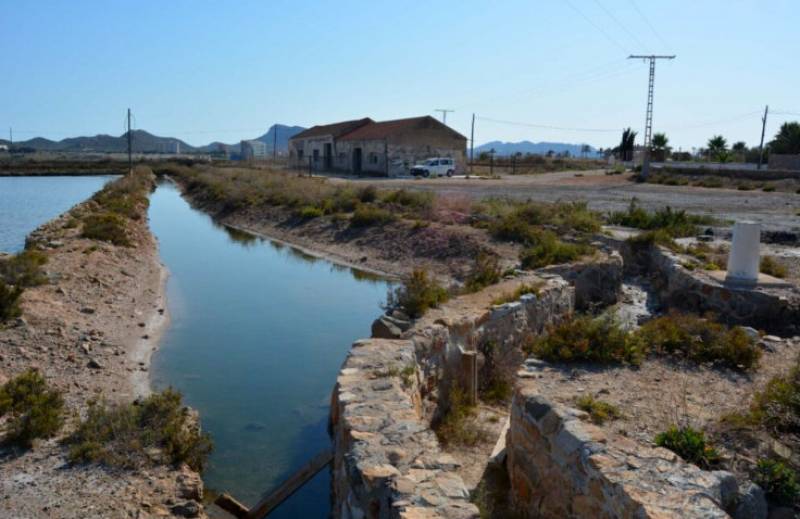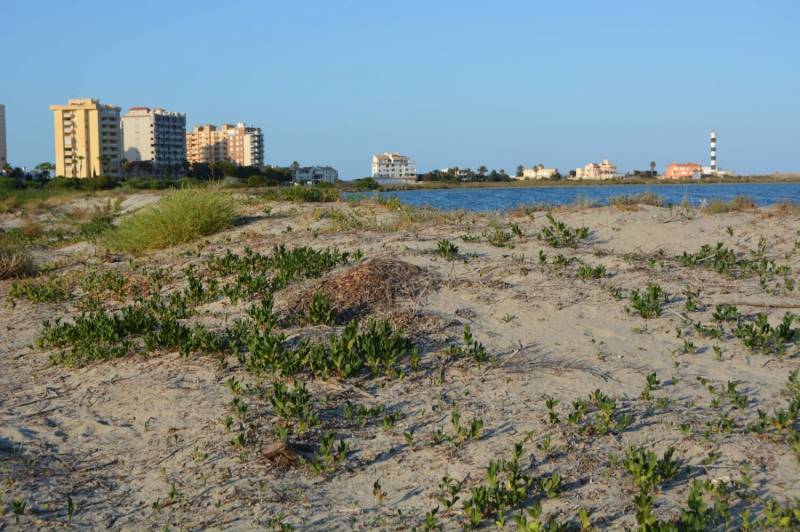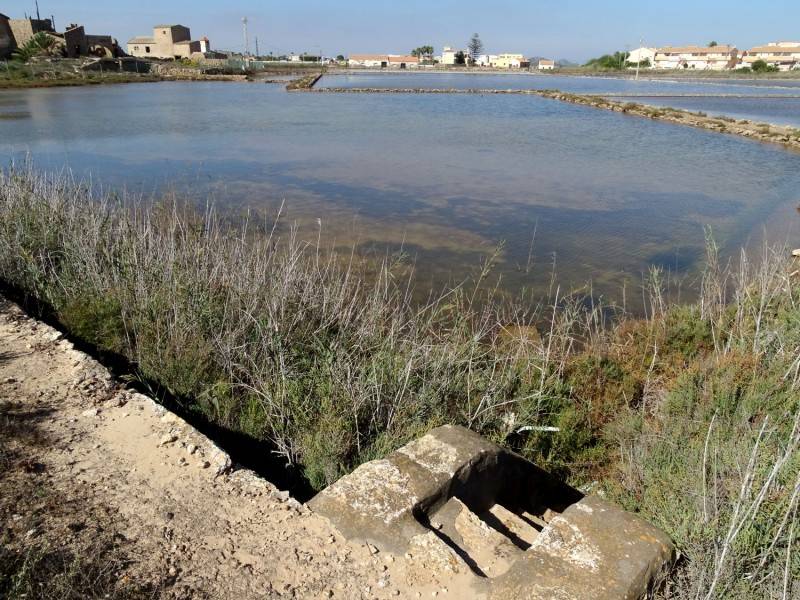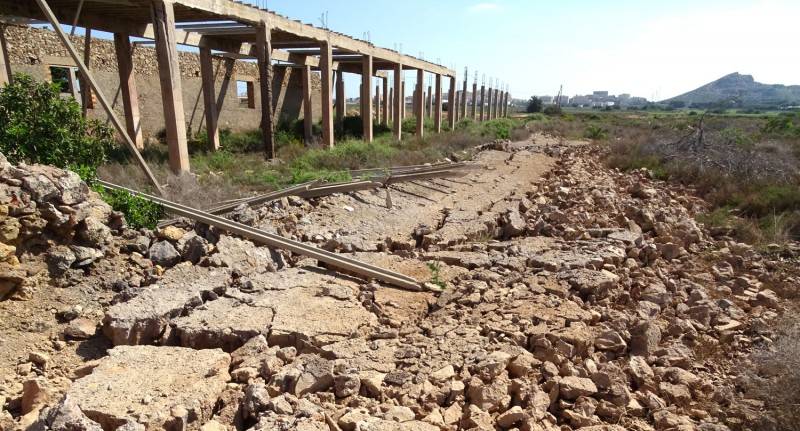ARCHIVED - ANSE receives backing to re-open salt production in the Mar Menor flats of Marchamalo
The Resalar project aims to reactivate salt production in Marchamalo and restore the natural environment
 When the naturalists organization ANSE purchased a plot of land in the old salt flats of Marchamalo at the southern end of the Mar Menor in 2019 the project, which seemed an ambitious one, was to re-activate salt production and preserve the habitat of birds and the endangered Spanish toothcarp, but now that goal is a good deal closer to being achieved after the acquisition of almost 4,000 square metres more land.
When the naturalists organization ANSE purchased a plot of land in the old salt flats of Marchamalo at the southern end of the Mar Menor in 2019 the project, which seemed an ambitious one, was to re-activate salt production and preserve the habitat of birds and the endangered Spanish toothcarp, but now that goal is a good deal closer to being achieved after the acquisition of almost 4,000 square metres more land.
The land concerned is home to two of the old salt production buildings and will make it possible for the infrastructure needed for salt production to be reinstated. The project will be coordinated by ANSE in collaboration with WWF-España and the Spanish Oceanogrpahic Institute.
 This follows the plans finding favour with the Ministry of Ecological Transition and being included in their budget under the heading of “Regeneración de salinas y arenales en el Mar Menor” (Resalar). In total the project is budgeted to cost 1.7 million euros between now and the end of 2025.
This follows the plans finding favour with the Ministry of Ecological Transition and being included in their budget under the heading of “Regeneración de salinas y arenales en el Mar Menor” (Resalar). In total the project is budgeted to cost 1.7 million euros between now and the end of 2025.
The land originally acquired at the southern end of the Mar Menor in Marchamalo lies between Cabo de Palos and Playa Honda and occupies an area of almost two million square metres, while the area including the Playa Amoladeras and the dunes behind it (alongside the shore of the Mediterranean) accounts for another 116,000m2. Both have been declared wildlife protection areas due to the presence of various wildlife species including flamingos, Andouin’s gulls, egret herons, black-winged stilts, avocets and plovers, while the plant species native to the dunes of Las Amoladeras are also an important element of the local biosystem, including Pancratium maritimum (sea daffodils) and Eryngium maritimum (sea holly).
 For years efforts have been made to persuade the regional government to protect and preserve the salt flats, but in the end ANSE took the matter into their own hands by acquiring part of the area for the sum of 70,000 euros.
For years efforts have been made to persuade the regional government to protect and preserve the salt flats, but in the end ANSE took the matter into their own hands by acquiring part of the area for the sum of 70,000 euros.
The salt flats of Marchamalo and San Pedro del Pinatar are the only ones in the Region which still permanently contain water, making them important habitats for seabirds and other species. Some of the other old flats are abandoned, as is the case on the south-western shore of the Mar Menor in Lo Poyo, while others are either being developed or on the point of being developed: this is the case both in Los Narejos and in Mazarrón, according to ANSE.
 It is hoped that the project will also contribute to the regeneration of the marine environment of the Mar Menor once the industrial premises acquired have been restored, but there still remains the hurdle of receiving definitive permission from the national and regional government departments of Culture and Mining, as well as from the Town Hall of Cartagena.
It is hoped that the project will also contribute to the regeneration of the marine environment of the Mar Menor once the industrial premises acquired have been restored, but there still remains the hurdle of receiving definitive permission from the national and regional government departments of Culture and Mining, as well as from the Town Hall of Cartagena.
Images: Pedro García / ANSE
























